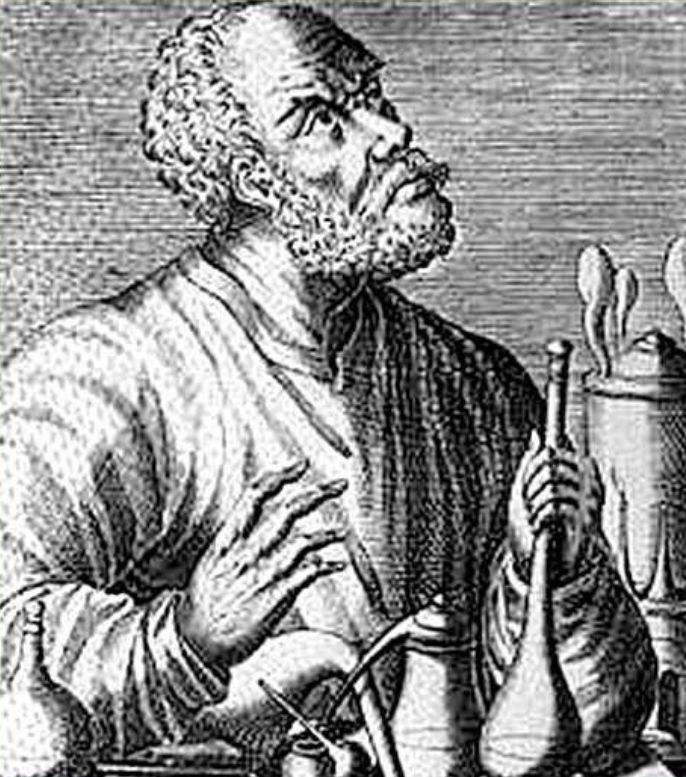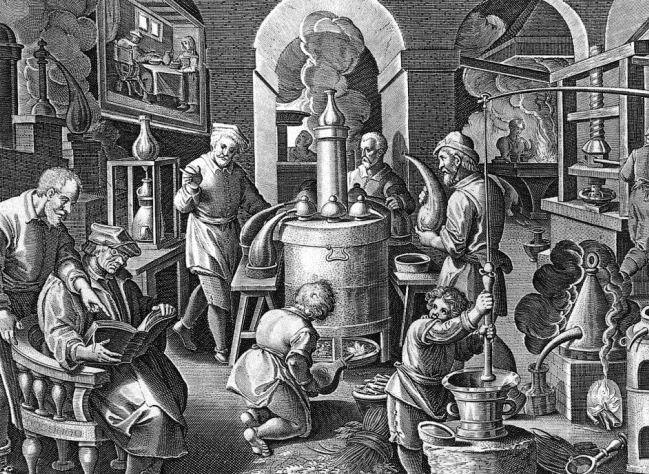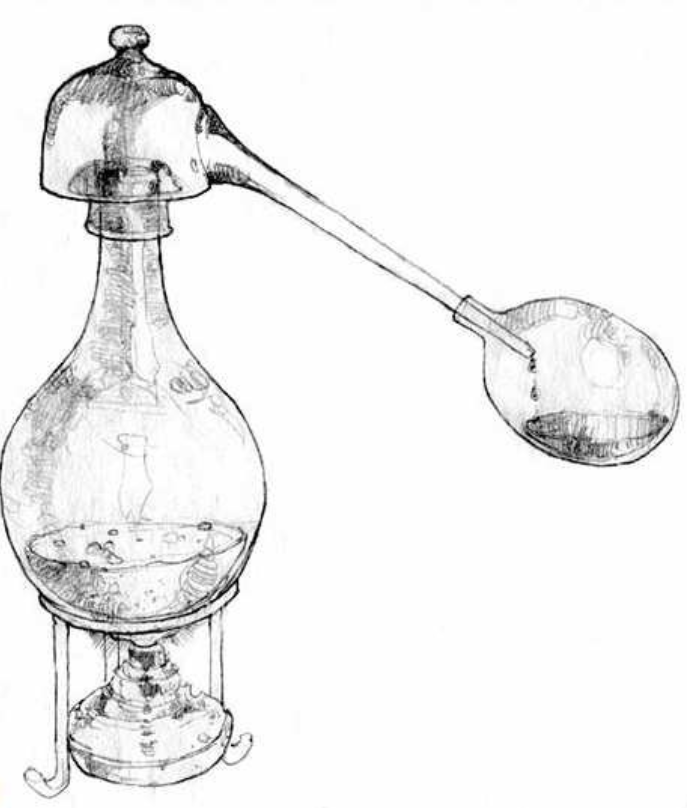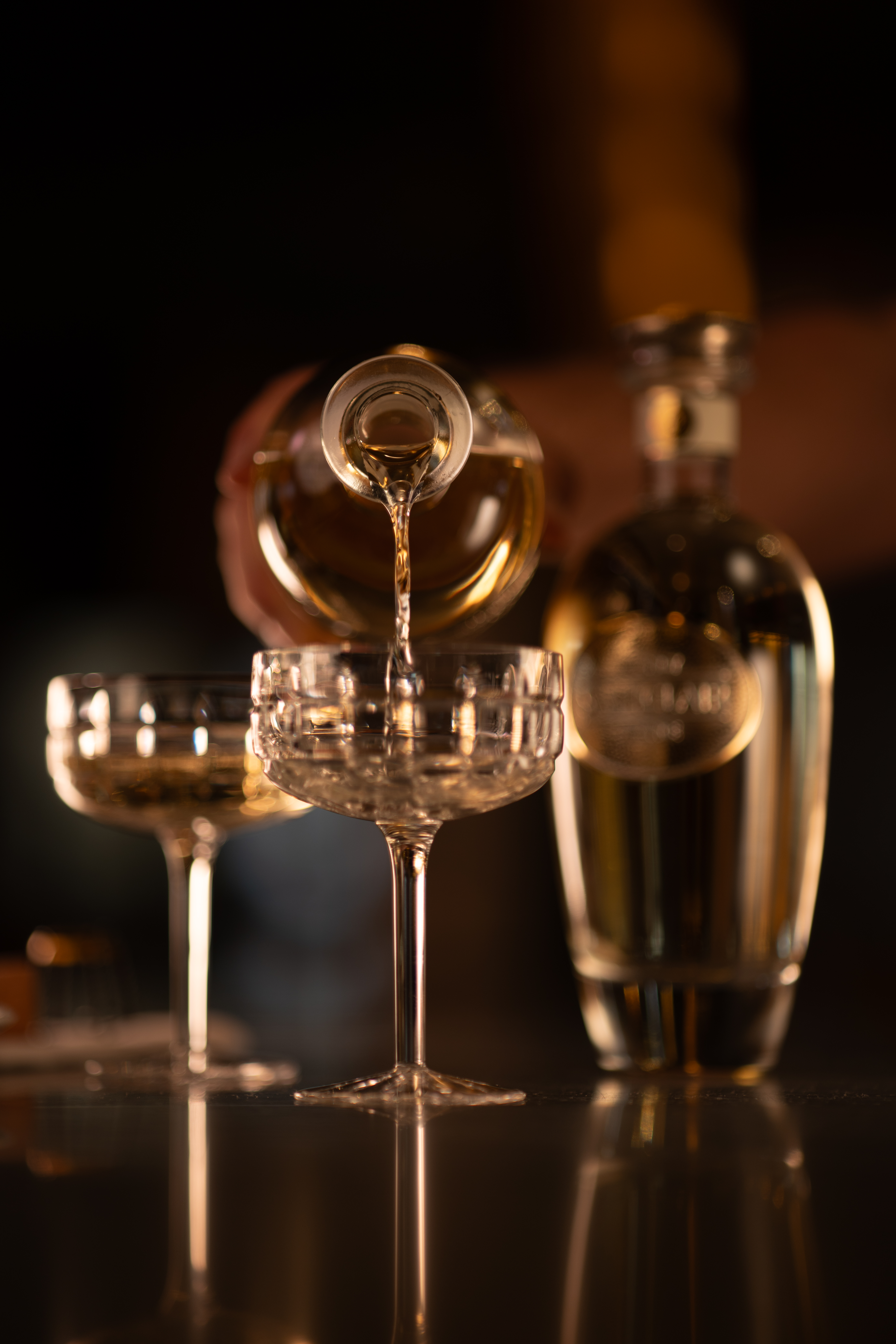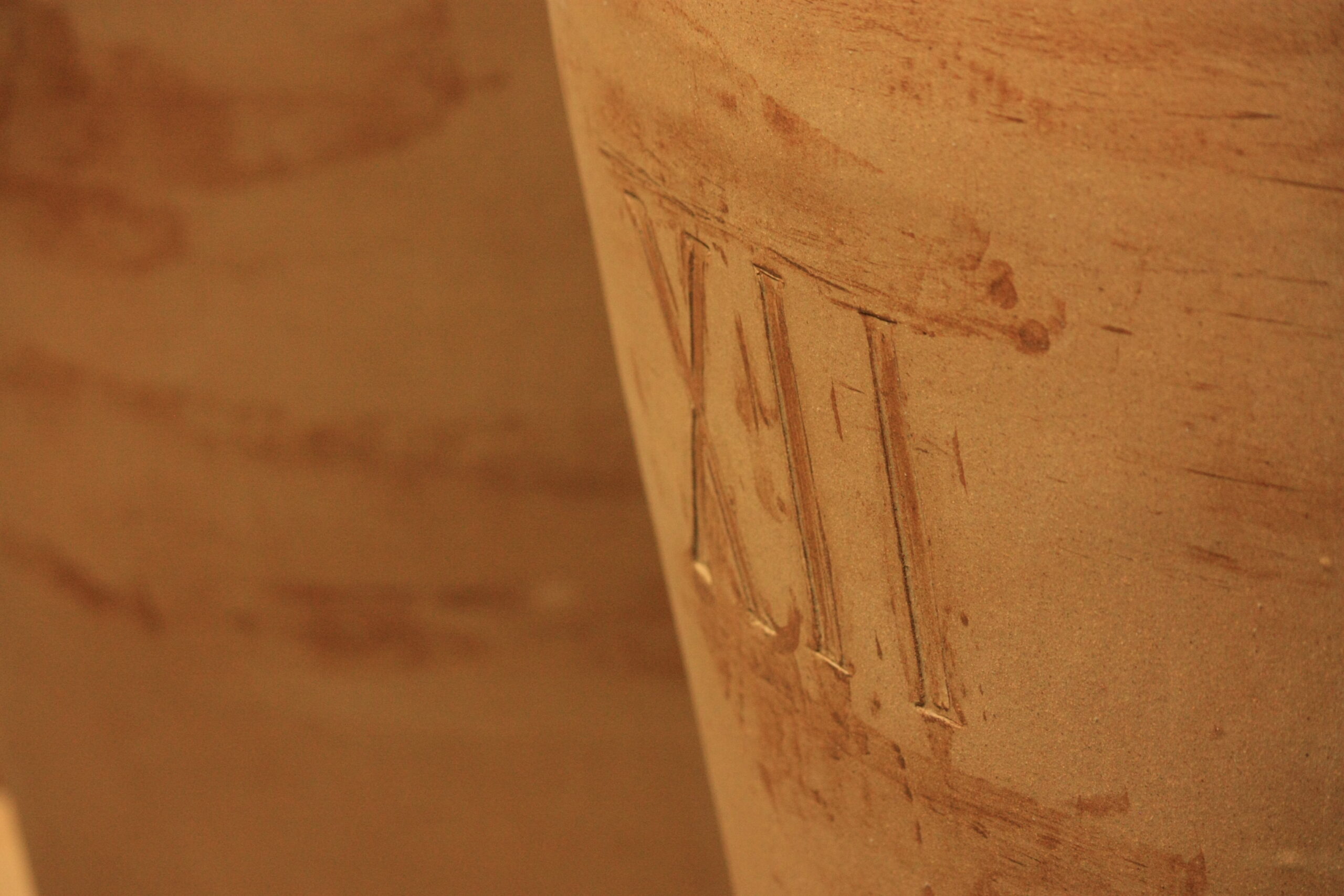In the sixteenth century and for more than a century, the Dutch with their 15,000 ships became the masters of the waves and of the maritime wine trade. In the Taverns of London, in Sweden, in Poland, no matter where, everyone quaffed French wine. Water they avoided: it was often stagnant, and bore diseases. A labouring peasant in those times would drink five or six litres of wine a day.
But overproduction of wine compromises its quality, it doesn’t travel well, prices and demand go into freefall.
It was the Dutch who would resolve the fragility that producing too much wine was causing to an upset market. In particular, to reduce the tax levied on shipping volumes, they decided to use a technique known since Antiquity: DISTILLATION. With distillation, shipped volume is reduced to a tenth, alcohol is considered as having medicinal properties.
Over the centuries, alcohol has earned a reputation as the “water of life”.
For Dutch traders, distillation offered nothing but benefits. Rather than transporting wine from France to Holland, they installed their stills and started distilling right in the heart of the French vineyard.
Between 1620 and 1680, distilling spread far and wide. Very soon, stills were being constructed on site, the Dutch extending their trade in wine to trading in liquors. Then came the flagship product of the French spirits industry: “burnt wine”, or BRANDEWIJN in Dutch … the French BRANDY was born.
